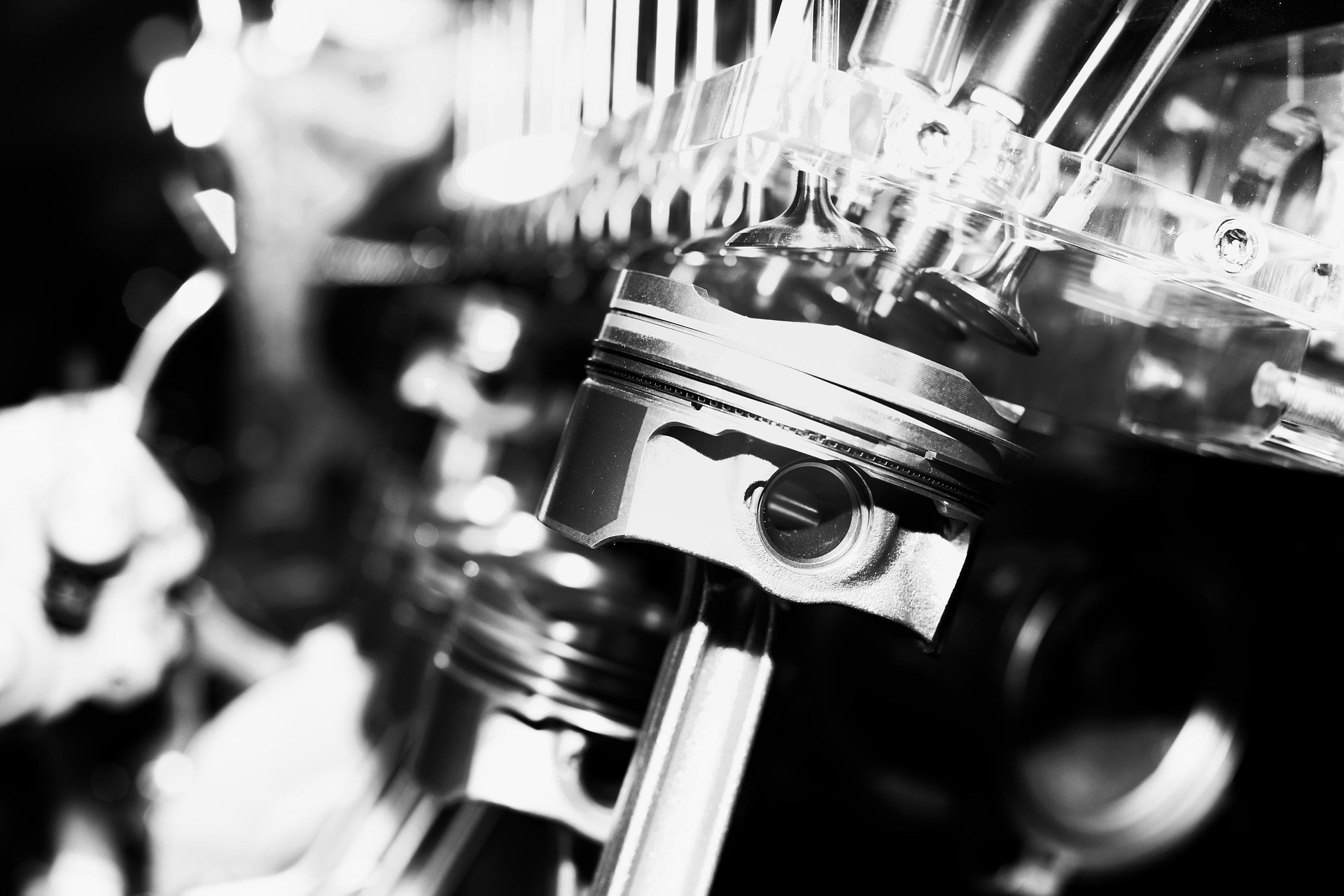"Envisioning the Future: The Advent of 3D Printing in Automotive Manufacturing"
Introduction: Imagine a future where you could custom design and print your dream car from the comfort of your home. This vision might sound like science fiction, but with recent advancements in 3D printing, it's becoming an intriguing possibility within the automotive industry.

The Genesis of 3D Printing in Automotive Manufacturing
3D printing, also referred to as additive manufacturing, has its roots in the 1980s. Originally used for rapid prototyping, its full potential is now being harnessed in various industries, including automotive manufacturing. In the past, car parts were manufactured through traditional methods such as casting or machining, which were time-consuming and created a significant amount of waste. 3D printing revolutionizes this process by constructing objects layer by layer, reducing waste and allowing for intricate designs that would be difficult to achieve with conventional methods.
The Rise of 3D Printed Cars
In recent years, a few trailblazing companies have started to experiment with 3D printing entire cars. For instance, Local Motors, an American vehicle manufacturer, made headlines in 2014 when they produced Strati, the world’s first 3D printed car. This marked a significant milestone in automotive history, demonstrating that 3D printing could deliver on its promise of a faster, cheaper, and more flexible production process.
Impact on the Automotive Industry
The adoption of 3D printing in automotive manufacturing brings a myriad of benefits. Firstly, it allows for greater customization. With 3D printing, manufacturers can quickly and cost-effectively produce parts tailored to individual customer specifications. Secondly, 3D printing can significantly reduce the time taken to bring a new design from concept to production. Thirdly, it has the potential to reduce the weight of vehicles by enabling the production of lighter, more complex parts, which in turn could lead to improved fuel efficiency.
However, there are also challenges to overcome. The speed of 3D printing is currently slower than traditional manufacturing methods, which could limit its use in high-volume production. Additionally, 3D printed parts may not yet meet the stringent safety standards required in the automotive industry.
Future Perspectives
Despite these challenges, the future of 3D printing in automotive manufacturing looks promising. As technology continues to advance, we can expect to see improvements in printing speed and material properties, making 3D printed cars a more feasible reality. Moreover, as environmental sustainability becomes increasingly important, 3D printing’s ability to reduce waste and improve fuel efficiency can make it an attractive option for eco-conscious manufacturers and consumers.
In conclusion, while 3D printing in automotive manufacturing is still in its infancy, the potential it holds is exciting. As we continue to navigate this uncharted territory, we can look forward to a future where our cars are not just products of assembly lines, but unique creations born out of imagination and technological innovation.



